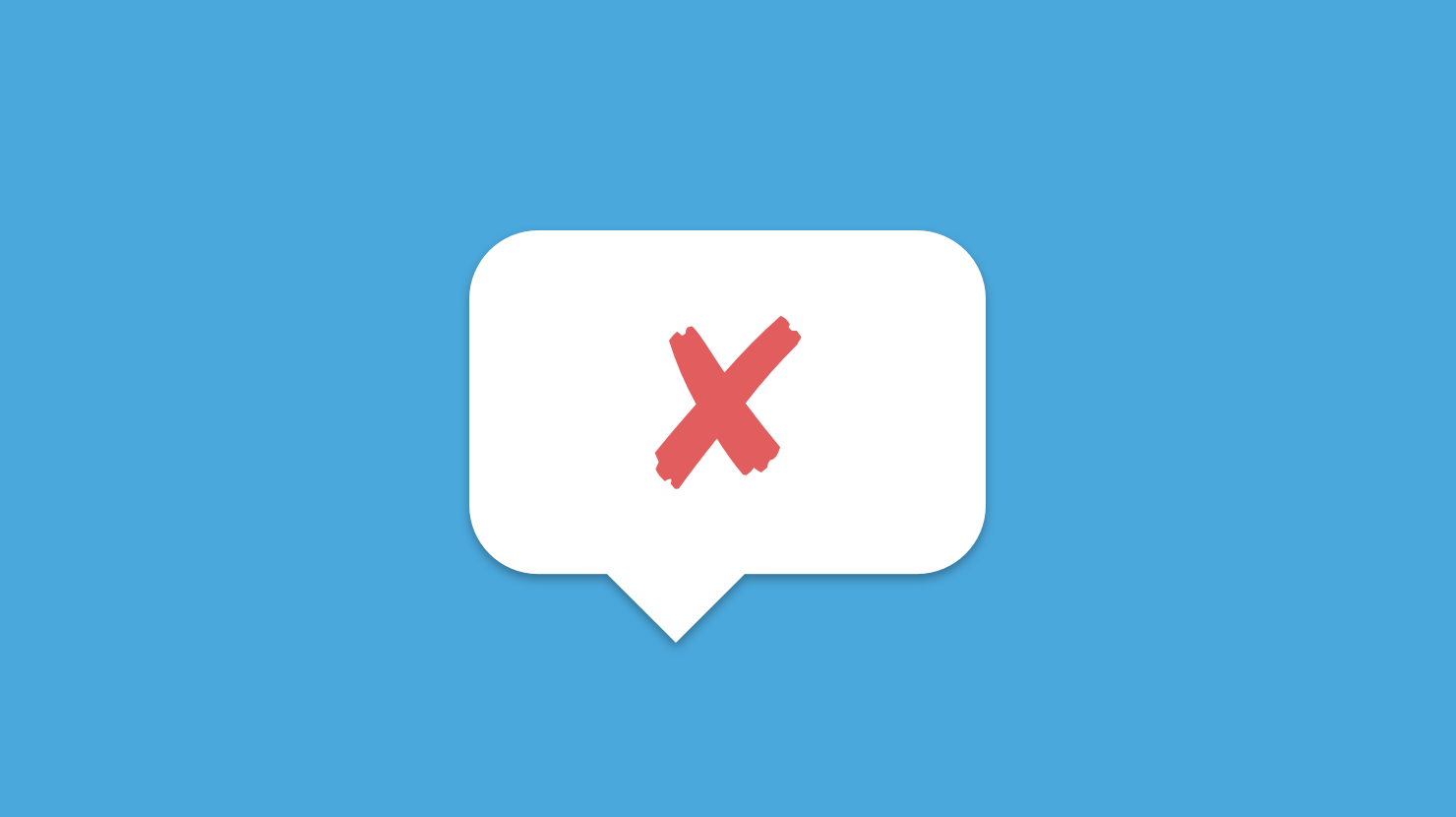
4 min read
We look at the pros and cons of using instant messaging as an internal communications channel, and offer tips to fix a few of the inevitable issues that arise.
By Bev Attfield
Instant messaging (aka chat) has become an important and easy internal communications channel for many organizations. It's changing how individuals and teams interact at work. But, it has its downsides.
Instant messaging can become noisy, distracting, and irrelevant to work. There's nothing wrong with sharing a few cat GIFs, but your instant messaging tool should serve a greater purpose.
This article will troubleshoot this issue, and look into other pros and cons of instant messaging. We also offer tips on how to overcome the challenges that arise with instant messaging in the workplace.
Instant messaging helps companies in two specific areas:
An instant, non-disruptive way to connect with a peer to grab a quick fact or coordinate in real time.
A messaging forum is a more effective tool than an email string for iterating on a problem or project with a group of people. With a messaging forum, it’s much easier to understand the current state of the discussion and any files being worked on.
Most companies using chat are running into these five issues:
Unlike email, instant messaging is a proprietary tool that can become siloed inside different groups and tools. For example, your sales team may be using a tool that's integrated in their CRM, while development is using Slack, and senior managers are still relying on email only.
Fix
Use one tool, such as an intranet, as a go-to platform for everyone in your organization. Ensure it has great instant messaging functionality, including on mobile devices.
Not only do you need a universal tool, you need everyone to actively use and participate in it. Think about it—you can’t start a strategic discussion with Sales if only 10% of your sales team is using the tool. Attempting to rely on instant messaging won’t work because there are too many employee groups that simply won’t need/use instant messaging frequently enough.
Fix
Launch a chat-equipped intranet as the default place for sharing news, celebrating successes, and quickly finding key information. Create a place that everyone wants to visit multiple times per day. Make your org-wide chat platform part of that experience.
Chat tools are inherently noisy when used by an entire organization. Too many topics, too many ad hoc groups, too many comments on multiple topics in the same stream. As soon as this happens, most employees will turn chat off. Employees have a very low tolerance for noise. When they need information, or can provide help, they’re keen to connect. Otherwise, people are busy and want to focus on their own work.
Fix
Ensure your instant messaging tool makes it easy for users to organize chats by topics and provides a simple, reliable way to manage the membership of groups, so they reliably match your real workplace teams.
Instant messaging is great at one-on-one chat. With the right messaging tool, it can be an effective team or project forum. When it's properly deployed org-wide, it can largely replace internal email. However, it's often not the best way to share company-wide news, find key documents, clarify who’s doing what, or discover expertise.
Fix
A well-designed, chat-integrated intranet will provide the tools for each type of internal communication, recognition, and discovery
Chat makes it easy for employees to participate in conversations they personally want to join. But at work there are many different types of information that need to be pushed out to specific groups of people. If you’re organizing an event or need to make dental claim forms available in a particular country, you need to know that the information gets to every affected employee (and not to the people it isn’t relevant to). And sometimes, you may require a confirmation that it was read.
Fix
Deploy an intranet that provides a full range of communication tools. Make sure it can deliver high participation rates and has a simple way to target information to specific locations, divisions, and employee groups.
Alongside your phone and e-mail, enterprise chat is an equally important communication tool. But, is it enough and does it create more problems than benefits?
By choosing a multi-faceted org-wide messaging platform with instant messaging as one component, and properly integrating it into your overall internal communications strategy, you can easily avoid these problems.
Read more by
Bev Attfield
Jostle’s employee success platform is where everyone connects, communicates, and celebrates at work. Find out more at jostle.me. © 2009–2024 Jostle Corporation. All rights reserved.